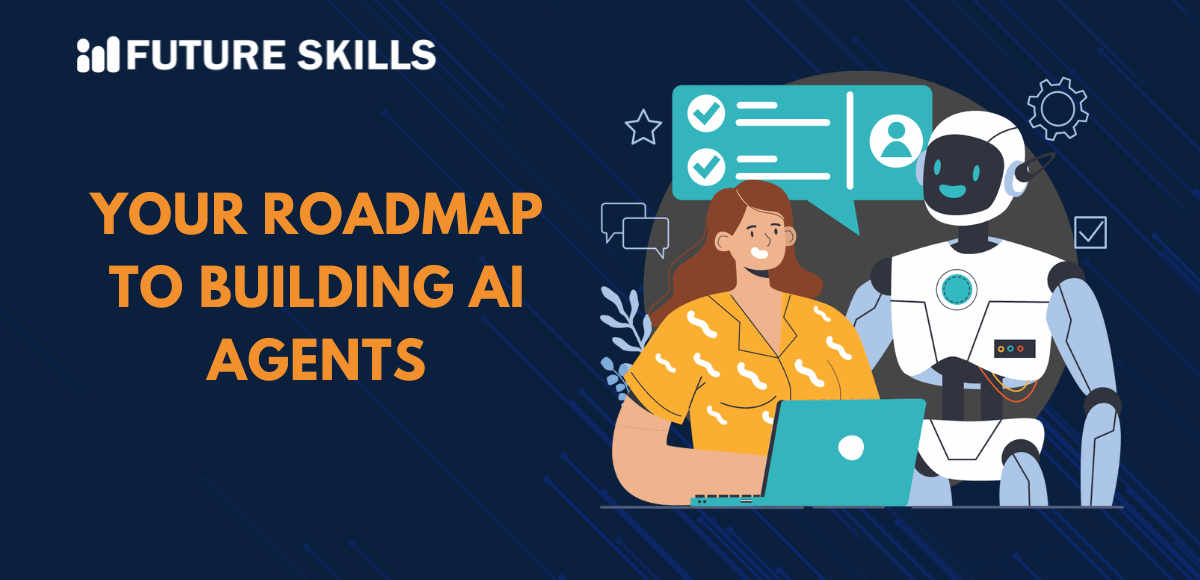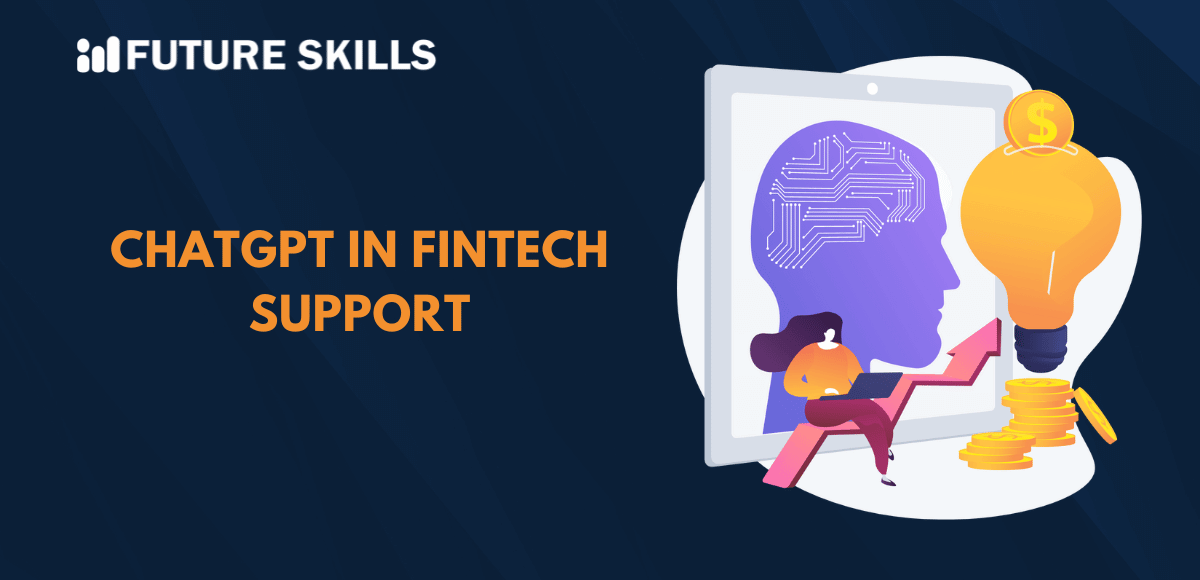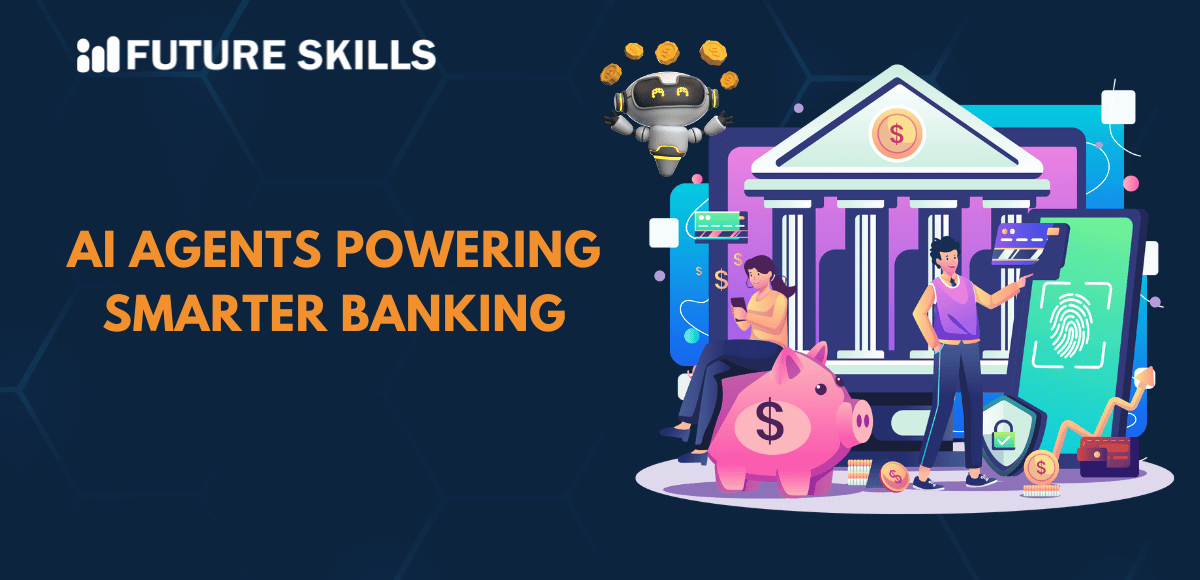The age of AI agents has arrived. Artificial Intelligence Agents, or AI agents, are capable of performing tasks in an autonomous manner. This is possible since these agents can design workflows with available tools to do specific tasks.
The popularity of AI agents has been reaching new heights in recent times. So it is essential for you to understand how to build an AI agent. Knowing the way of building AI agents from scratch can help you develop top-performing AI agents. This step-by-step guide will help you understand how to build AI agents.
Enhance your AI skills and learn how to utilize the full power of AI with our Certified AI Professional (CAIP)™ course. Start your AI journey today!
What are AI Agents?
Have you been wondering – How to build AI agents with no code? If yes, the process is quite simple. But you have to adopt a methodical approach to go from a prompt template to an AI agent. Before talking about how to build AI agents, you need to know what AI agents are.
AI agents may encompass diverse functions in addition to natural language processing. Some of the key functions include problem-solving and decision-making. These agents can even interact with external environments and carry out actions.
You need to know that AI agents are capable of solving complex tasks across diverse enterprise applications. AI agents make use of advanced natural language processing techniques of LLMs in order to comprehend as well as respond to user inputs and queries. AI agents can also determine when they may depend on external tools to perform a task.
Learn how ChatGPT and AI can transform your career and boost your productivity with the free ChatGPT and AI Fundamentals Course.
How to Develop an AI Agent?
Now that you have a clear insight into AI agents, it is time to understand how to build AI agents with no code. For building AI agents from scratch, you need to follow the steps below.
-
Defining the Goal
The fundamental step is to define a clear goal relating to the AI agent. It is a must to start with a clear mission. You need to ask yourself what problem the AI agent is going to solve. You also need to find an answer to the question of who is going to be the end user of the agent.
You must also have clarity on whether the AI agent must work in an autonomous manner or must assist a human being. After you decide the specific problem the AI agent is going to solve, you need to move on to the next stage.
-
Choosing an Appropriate LLM
Now you need to choose the right kind of large language model. This step is very important because the role of an LLM is foundational. One of the top choices that you may consider is OpenAI. Its core strengths include high performance and API accessibility.
Another great platform to build AI agents is Anthropic. Its advantages include long context windows and the safe nature of outputs. You can choose the LLM based on your specific needs. Thus, choosing the right platform to build AI agents is extremely important.
-
Use a Prompt Template
A prompt template refers to a pre-defined prompt that has placeholders for variables. Such templates allow users to produce dynamic as well as reusable instructions for language models. You can fill the placeholders with diverse inputs so that you can consistently create prompts for specific tasks.
You can consider using LangChain. It is a framework that can be used for building AI agents that are able to plan, interact, and reason with memory and tools. Another option is LlamaIndex, which is ideal for agents that must reason over structured data and documents. These specific frameworks offer plug-and-play capabilities for diverse purposes.
Get a deep understanding of simple and advanced techniques of ChatGPT and make the most of it with our accredited ChatGPT Certification Course.
-
Integration of Vector Database
While building AI agents from scratch, you need to remember that AI agents require memory in order to be context-aware. A vector database is capable of storing knowledge in high-dimensional embeddings. Thus, it enables semantic retrieval. You can certainly consider a number of tools to build AI agents, such as Pinecone, Qdrant, and many more. These popular options can help in diverse areas such as storing documents and reducing hallucinations.
-
Adding Tools as Well as Actions
When it comes to building AI agents from scratch, you need to add the right set of tools and actions. These elements can certainly boost the overall capabilities of your AI agent. Adding these elements is a must so that your agent can do more than just chat. Some of the best tools you can consider using are web search and code execution.
Similarly, you can also add file parsing and database querying tools. Using the right tools to build AI agents can certainly improve their functionality. By incorporating these tools, you can give your AI agent superpowers to solve complex real-world problems.
-
Implementation of RAG Pipeline
You need to know that retrieval-augmented generation can combine the reasoning capability of LLM with knowledge retrieval in real time. When you build AI agents, you must implement the RAG pipeline. It can increase the reliability of the agent and minimize hallucinations. It can also make sure that the agent can have access to domain-specific or up-to-date information. Langchain is a framework to build AI agents that support RAG pipelines.
-
Application of Safety Measures
Before the deployment of your AI agent, you certainly need to test it properly. It is crucial to not only test but also safeguard your Artificial Intelligence Agent. There are a number of key steps that you can take. You can add automated or manual prompt evaluations. Another option that you can certainly consider is applying guardrails as well as restrictions. Additionally, you can lay emphasis on the monitoring of sensitive tasks or edge cases.
-
Deployment with MLOps
It is a smart move to use MLOps (Machine Learning Operations) tools when you build AI agents. MLOps refers to the practices for automating and standardizing the process of building, deploying, and maintaining ML models in production. You can leverage MLOps tools to make your AI agent production-ready.
Your stack may include certain options such as CI/CD pipelines, Docker, and monitoring. If you wish to scale your deployment, you can take advantage of cloud platforms such as AWS and Google Cloud. This is because they can certainly help scale your AI agent deployment.
In recent times, AI agents have gained high prominence. They have become the foundation of intelligent applications that have high relevance across diverse industries. You need to follow these simple steps in order to build your first AI agent now.
Unlock new opportunities in your career with the power of Generative AI and LLM expertise — elevate your skills with the Mastering Generative AI with LLMs Course.
Final Words
The popularity of AI agents has been growing in recent times. A high emphasis is being laid on building AI agents that will be capable of performing different types of tasks in an autonomous manner. You can follow the simple steps so that you can create AI agents in a methodical and systematic manner.
The key steps that you need to take while building an AI agent include defining the goal, selecting the right LLM, and using a prompt template. Then you also need to integrate Vector Database along with appropriate tools and actions to boost the capability and functionality of your AI agent. Before the end of the process, you need to focus on implementing the RAG Pipeline, the use of safety measures, and the adoption of MLOps practices before the final deployment process.






